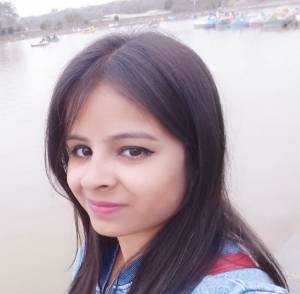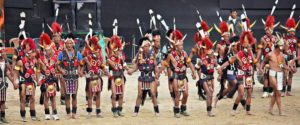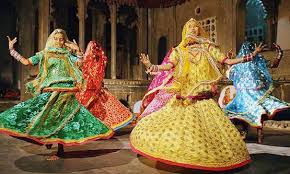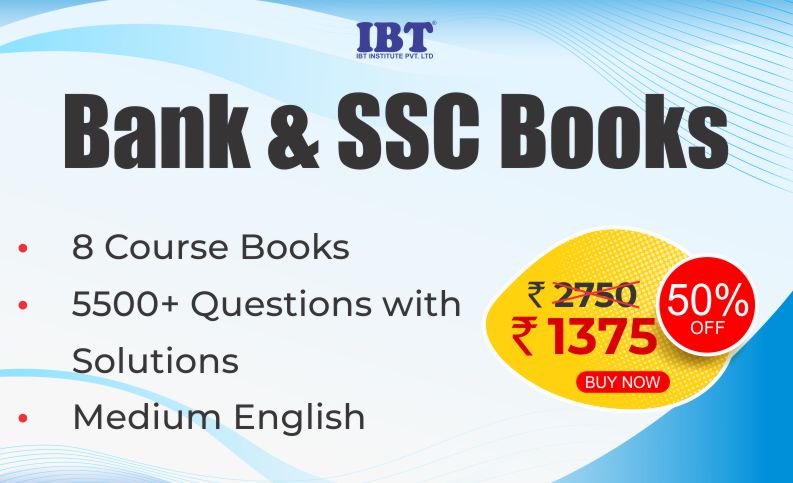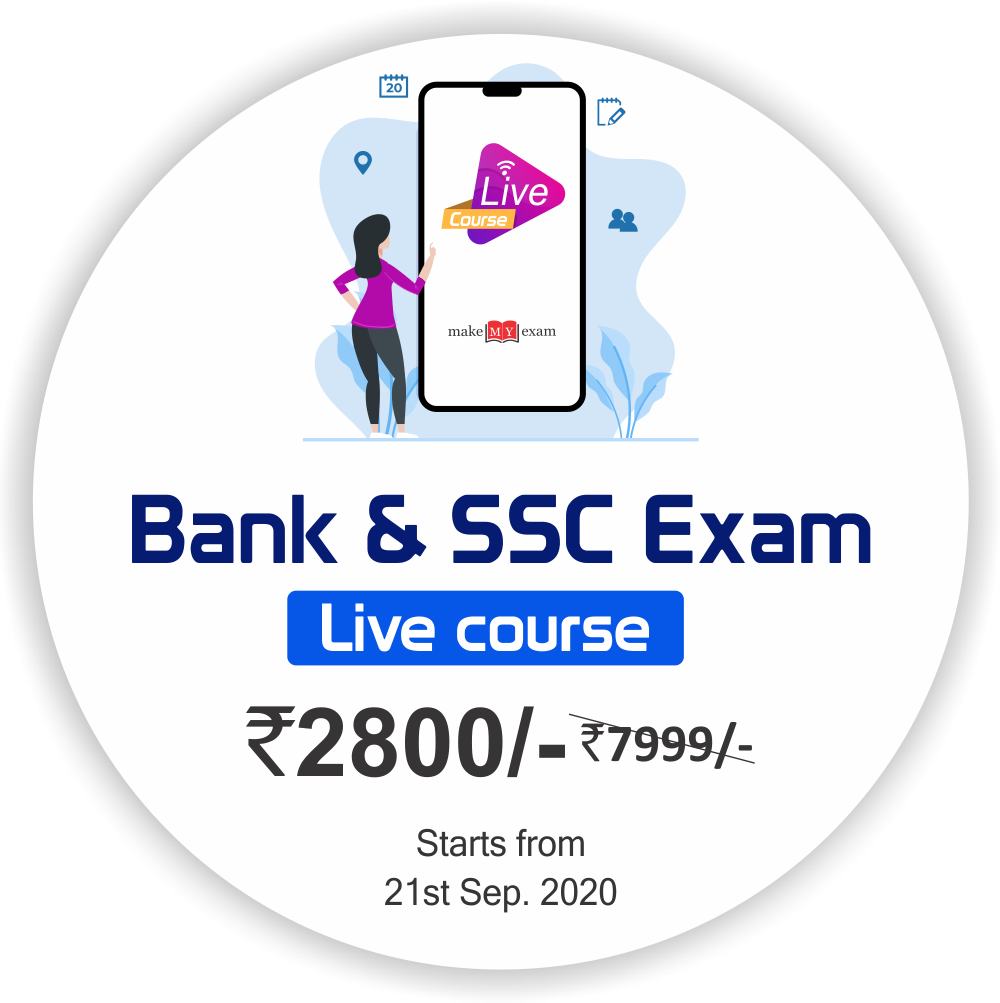List of Important Dances in India
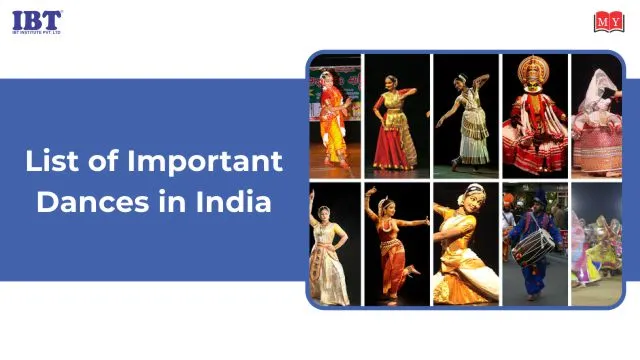
Classical Dances of India – Complete List
It is very important to know about the Classical dances of India. Questions from this topic have appeared in many competitive exams in General Awareness Category.
List of Classical Dances
|
Classical Dance
|
Image
|
States
|
|
Bharatanatyam
|
 |
Tamil Nadu
|
|
Kathak
|
 |
Northern and Western India
|
|
Kathakali
|
 |
Kerala
|
|
Kuchipudi
|
 |
Andhra Pradesh
|
|
Odissi
|
 |
Odisha
|
|
Sattriya
|
 |
Assam
|
|
Manipuri
|
 |
Manipur
|
|
Mohiniyattam
|
 |
Kerala
|
Some Interesting Facts of Classical Dances:
-
International Dance Day was introduced in 1982 by the International Dance Council (CID, Conseil International de la Danse), a UNESCO partner NGO, and is celebrated yearly, on April 29.
-
Bharatanatyam is unique to the Dravidian culture of South India. Devdasis or temple dancers who were dedicated in service to the presiding deities used to perform Bharatanatyam in temples.
-
Mridangam, Veena, Flute, Violin, and Talam are some of the instruments used in Bharatanatyam performance.
-
Kathak is intermingled with the culture of North India. This classical dance form is associated with the recital art of storytelling. Kathak has been patronized in Banaras, Lucknow, and Jaipur.
-
The story of Radha and Krishna is the predominant theme of Kathak. Such instruments as Tabla, Pakhawaj, Harmonium, Sarengi, and Talam are used in Kathak performances.
-
Heavy makeup and colorful costume are the most amazing facets of Kathakali. As it is a group performance, each dancer wears a different makeup as per the role or character.
-
The dancer playing a noble hero or god wears green makeup on the face, while the dance playing a demon smears his face in green with red marks on the cheeks. Chenda, Cymbals, and Maddalam are the instruments used in Kathakali shows.
-
Kuchipudi has evolved from the Bhagavatmela tradition and differed from other Indian classical dance forms through the use of speech. This classical dance of India owes its origin to the Telugu Brahmins in Kuchelapuram Village, who were known for their expertise in staging the mythological legends through dance, drama, and music.
-
The Kuchipudi dance moves are faster than those of any other classical dance. It is performed to both the Carnatic music and the Hindustani Music.
-
The Sattriya dance form can be placed under 2 categories; Paurashik Bhangi, which is the masculine style and ‘Stri Bhangi’, which is the feminine style. Pat Silk saree is the most popular kind of saree used in this dance, which represents the locality through its various colorful motifs and designs.
-
There are various musical instruments used in this Sattriya dance, some of which include Khol (drum), Bahi (flute), Violin, Tanpura, Harmonium and Shankha (Conch Shell).
-
Odissi is the cultural pride of the state Orissa or Odisha. Nritya and Abhinaya are the two most interesting highlights of Odissi. In Nritya, the dancers make delicate body movements to create ornamental moves.
-
In Abhinaya, the dancers make myriad facial expressions to interpret a religious story or mythical legend. Odissi is performed in multiple different styles including tribhangi.
-
Manipuri, a distinguished classical dance heritage of northeast India, since the time when the gods, as it is believed, dried a lake in the countryside of Manipur to make space for dance; this classical dance has been part of the socio-religious culture of the state.
-
Ras Leela and Sankirtana are the devotional themes of Manipuri dance. The Manipuri dancers wear colorfully embroidered skirts with a transparent embellished veil.
-
The word “Mohiniyattam” literally means “dance of the enchantress“. There are two stories of Lord Vishnu disguised as a Mohini. In one, he appears as Mohini to lure the asuras away from the amrita (nectar of immortality) obtained during the churning of the palazhi (ocean of milk and salt water).
-
In the second story, Vishnu appears as Mohini to save Lord Shiva from the demon Bhasmasura. The costume includes white sari embroidered with bright golden brocade (known as kasavu) at the edges.
-
The Mohiniyattam dance follows the classical text of Hastha Lakshanadeepika, which has an elaborate description of mudras (gestural expressions by the hand palm and fingers).
-
The vocal music of Mohiniyattam involves variations in a rhythmic structure known as chollu. The lyrics are in Manipravalam, a mixture of Sanskrit and Malayalam.
FOLK DANCES of India – Complete List
Indian folk dances are practice in the rural areas and performed during the religious or seasonal festivals. Some of the most popular folk dances performed across the Indian villages and cities are Bhangra, Rouff, Garba, Kalbelia,Lavani,Chhau, Bihu and Raut Nacha.
|
States
|
Images
|
Dance forms
|
|
Andaman and Nicobar Islands
|
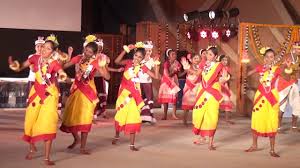 |
|
|
Arunachal Pradesh
|
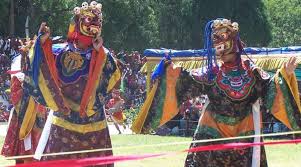 |
|
|
Andhra Pradesh
|
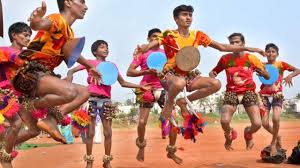 |
|
|
Chhattisgarh
|
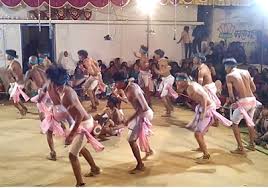 |
|
|
Jharkhand
|
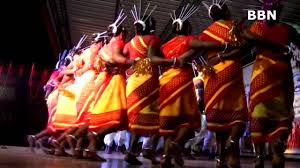 |
|
|
Goa
|
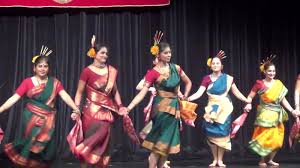 |
|
|
Himachal Pradesh
|
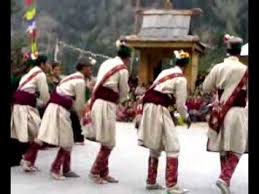 |
|
|
Gujarat
|
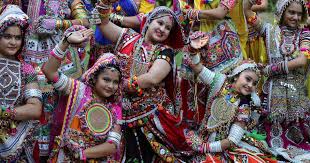 |
|
|
Karnataka
|
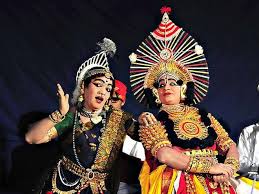 |
|
|
Kashmir
|
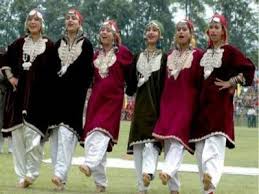 |
|
|
Madhya Pradesh
|
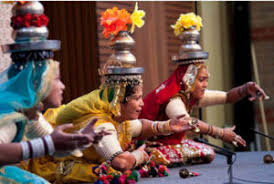 |
|
|
Lakshwadeep
|
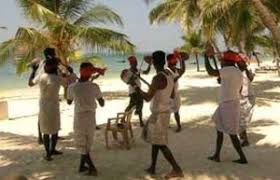 |
|
|
Maharashtra
|
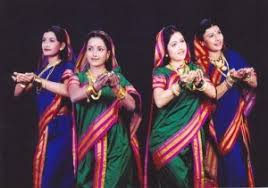 |
|
|
Mizoram
|
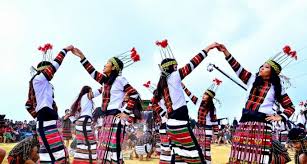 |
|
|
Manipur
|
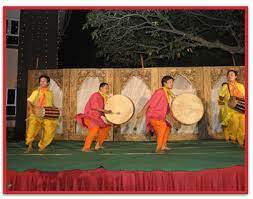 |
|
|
Nagaland
|
|
|
|
Odissa
|
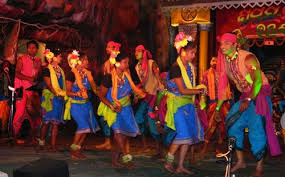 |
|
|
Pondicherry
|
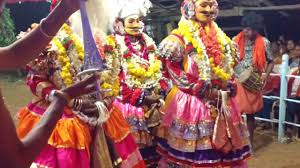 |
|
|
Punjab
|
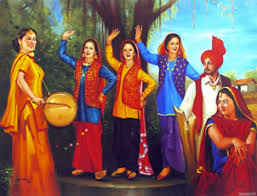 |
|
|
Rajasthan
|
|
|
|
Sikkim
|
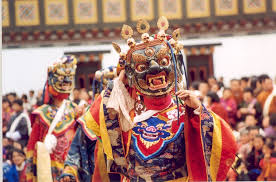 |
|
|
Tamil Nadu
|
 |
|
|
Tripura
|
 |
|
|
West Bengal
|
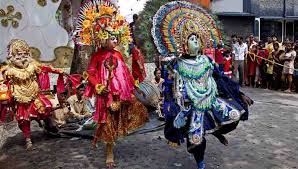 |
|
|
Kerala
|
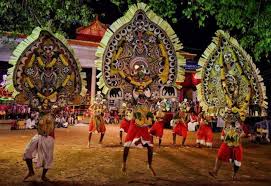 |
|
Facts About Indian folk dances
-
Gaur dance is a popular folk dance of Madhya Pradesh dances. Gaur dance is popular in the Sing Marias or Tallaguda Marias of South Bastar. Men put head-dresses with stringed ‘cowries’ and plumes of peacock feathers and make their way to the dancing ground.
-
Chhau is a popular folk dance of Bihar. Since masks form an important feature of this dance it is called ‘Chhau’, which means mask.
-
Bihu is a popular folk dance of Assam. The Bihu dance is an integral part of the Bihu festival of Assam. The Bihu festival is celebrated in mid-April, during the harvesting time and lasts for about a month.
-
Dumhal is a popular dance of Kashmir. This dance is performed with long colorful robes, tall conical caps (studded with beads and shells). Dumhal dance is accompanied by songs which the performers themselves sing.
-
Padayani is one of the most colorful and popular dances of Southern Kerala. Padayani is associated with the festival of certain temples, called Padayani or Paddeni. Such temples are in Alleppey, Quilon, Pathanamthitta and Kottayam districts.
-
Dollu Kunitha is a popular drum dance of Karnataka state. In the Dollu Kanitha dance, large drums are adorned with colored clothes and hang around the necks of men. The songs used in this dance usually have religious and battle fervor.
-
Dandiya is a popular folk dance of Rajasthan. Dressed in colorful costumes the performers play skillfully with big sticks in their hands.
-
Dandiya dance is accompanied by the musical instrument called the ‘Meddale’ played by the drummer in the center.
-
The Bhil tribal of Rajasthan perform a variety of dances. All these folk dances correspond to the agricultural cycle. The Ghumer dance, Raika and Jhoria are some examples of this type of dance.
-
The Gher dance is a favorite and popular dance of the Mina tribe who are similar to the Bhils while Valar is typical dance of the Garasias of Rajasthan.
4 likes |
0 comment
 4.5/5
4.5/5



